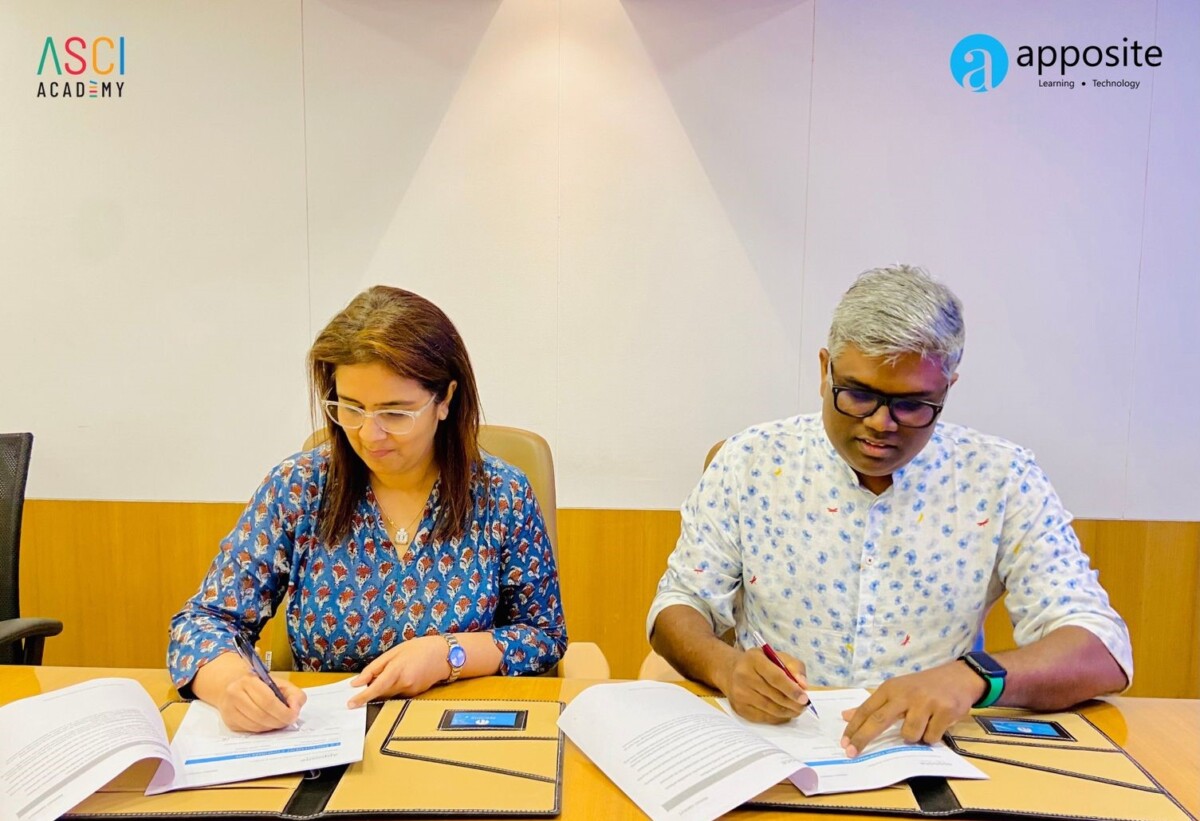Doing the right things will help you survive… doing the right things right will help you thrive!
We keep telling our clients, ‘Our goal is not to follow best practices but to pursue all avenues of creating the best learning experiences that suit the needs of learners. Sometimes, that means unravelling existing strategies and carving out new ways of achieving the same result. Why? Because situations change and we are at our best only when we choose to adapt.
Take the recent COVID-19 outbreak for example – the global lockdown has disrupted both corporate and educational learning programs and schedules in a catastrophic way. While corporate programs can still operate in a remote, distributed modality, it is the schools, colleges, and universities of the world that are facing the brunt of the lockdown – sadly, vacant classrooms and consecutively postponed exams are becoming the learner’s norm. As the days pass by, educational institutions are slowly coming to terms with the reality of the future where virtual learning is a de facto norm.
In the last decade or so, we have experienced an exponential increase in the use of technology to drive learning effectiveness. We saw the prevalence of computer-based learning solutions over physical classrooms, the rise and fall of flash-based web learning solutions, the arrival of experiential learning through augmented and virtual reality, and the curation and commercialization of learning through intelligent platforms that surpass traditional learning management systems in function and form. It is true that no matter how engaging and adaptive our electronic learning solutions, systems and platforms are, classroom-based and instructor-led training programs have a certain popularity that will never be entirely phased out. Simply because there is no substitute to the effectiveness of sharing knowledge using a human-to-human interface – the simple art of the dialectic as a profound learning experience is something that is yet to be recreated through electronic form, although artificial intelligence is a technology that is lurking just around the corner.
Extensive research on the viability of online modes of learning have given us some interesting insights – in many situations the lack of face-to-face interaction has had negative consequences on student learning effectiveness and participation. The absence of a teacher or a guide in the learning journey could often lead to learner withdrawal, and consequently, the learner commitment drops as the journey progresses. Adding to this is the relentless monitoring of learner activities that do not really present an accurate view of learning effectiveness – parameters like how many screens did the learner view or how many comments did they leave in a discussion session, are superficial when considering hard questions such as ‘Is there a behavioral change observed?’ or ‘Did the learning impart a change in the learner’s world view?’ No matter how we look at it, for certain scenarios and use-cases, classroom trainings are important. E-learning will not do. Period.
For a moment, let’s keep our myopic views of revenues and utilitarian function in check and try to delve into how we can ensure that in the light of current circumstances, learning continues. How can we make learning efficient and effective given what we have with us now? How can we get classrooms to function as normal, and give teachers the optimum time and tools to deliver the best learning experience for their students, regardless of where any of them are? Can we reuse the core principles of corporate virtual instructor-led trainings (VILT) and adapt the existing tools to create a seamless classroom experience? Would it be possible to take your existing content and quickly create study materials that effectively use online modalities to engage students and drive highly impactful learning sessions?
How can we utilize internet-based technology to bridge the distance between teachers and learners? What tools can we reuse and recreate to meet their needs for a safe and engaging learning environment? What are the blocks and restraints to our imagination that we should overcome in order to lay the foundation for a new methodology of global interconnected education?
At Apposite Learning Solutions, these are the questions that keep our design thinking engaged, these are the waypoints we use to ensure your learning endeavors are up-to-date and driven with efficiency and effectiveness.
Our goal is to help you not only survive but thrive!
Reach out to expert learning designers at Apposite to know more. Reach us at info@appositelearning.com.








